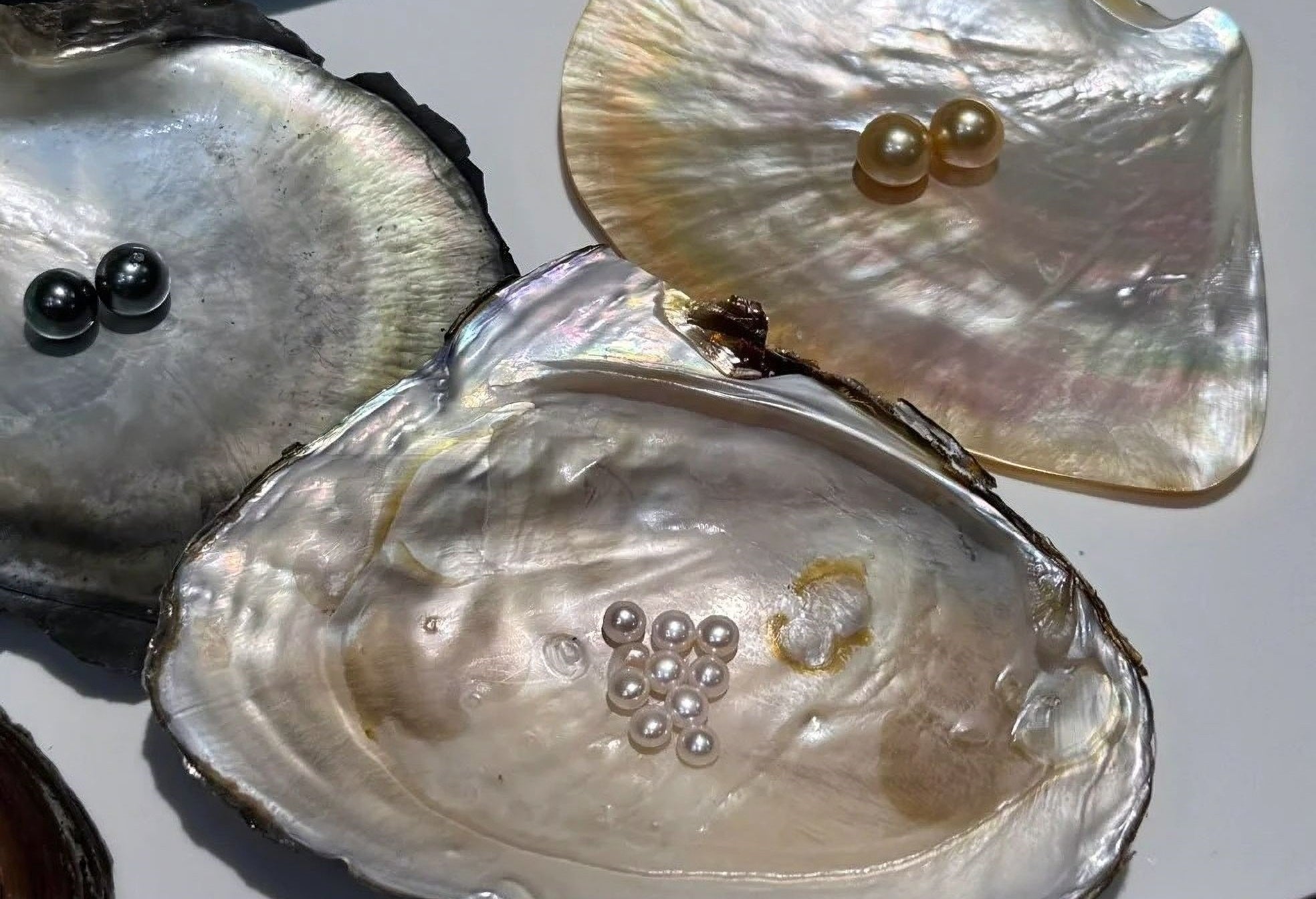
Why Do Some Oysters "Eat" Their Pearls? Unveiling a Natural Phenomenon
A Hidden Reality: Oysters Absorbing Their Own Pearls
In the glamorous world of pearls, it's easy to forget the vital role played by the humble oyster. But did you know that in certain situations, an oyster might actually reabsorb the pearl it has spent so long creating? That’s right – while we often imagine oysters diligently working to layer nacre over a pearl, the reality is far more complex. Under particular conditions, these mollusks might "consume" their pearls, effectively undoing the work they've done. This strange and counterintuitive behavior has fascinated researchers and pearl enthusiasts alike – let’s dive into the "why" and "how."
The Nacre Factor: The Building Block of Pearls
At the heart of every pearl is a material called nacre, or "mother-of-pearl." This crystalline substance is responsible for the luminous, iridescent appearance of pearls and is deposited by the oyster layer by layer over time. A pearl’s beauty, durability, and overall quality depend heavily on the thickness and consistency of its nacre layers. This is why pearl grading often emphasizes these characteristics. According to The American Gem Society, the thicker the nacre, the more lustrous and valuable the pearl is considered to be.
However, a renowned Japanese researcher in the pearl industry, Hosokawa, offered a nuanced perspective on what makes a pearl truly exquisite. According to his studies, while the thickness of nacre is a crucial factor, what sets a pearl apart is its "luster" – the unique glow that seems to come from deep within the gem. This inner brilliance is a sign of high-quality nacre formation and is thought to be the hallmark of the most coveted pearls. In fact, the surface shine is often less important than the way the light is refracted through the many layers of nacre beneath.
A Matter of Survival: Why Oysters Absorb Nacre
So, why would an oyster "eat" its own pearl? The answer lies in the oyster’s need for survival. Pearls are essentially a byproduct of the oyster's defense mechanism. When a foreign object enters the oyster’s shell, the oyster responds by coating it with nacre to protect itself from irritation. Under normal conditions, this layering continues, and a beautiful pearl is formed.
But life in the ocean is full of stressors – changing water temperatures, pollutants, infections, and lack of nutrients are just a few of the challenges oysters face. When an oyster experiences extreme stress or a threat to its survival, it may switch to self-preservation mode. During this time, the oyster might begin to draw calcium carbonate from the pearl's nacre to support its own shell and bodily functions. In essence, the oyster is reclaiming its resources, and in doing so, it thins the pearl's nacre layers. Pearl-Guide explains that this absorption is a natural response, ensuring the oyster has enough calcium to sustain itself.
Imagine this process like peeling layers off an onion, where the very essence of the pearl – its nacre – is stripped away, sometimes rendering the pearl thin and fragile. This is why nacre thickness isn't just a measure of beauty; it's a sign of the pearl's resilience and longevity.
The Impact of Nacre Absorption on Pearl Quality
The consequences of this nacre absorption can be significant for the pearl’s quality and lifespan. A pearl with thin nacre not only lacks the deep, captivating luster that’s prized in high-grade pearls but is also at risk of wear and tear. Hosokawa likened these pearls to something akin to a piece of wood with a light coat of paint – while it may look nice on the surface, the thin layer of "protection" makes it highly susceptible to damage over time.
Therefore, pearl buyers and enthusiasts are often advised to pay attention to nacre quality. Pearls with a thicker nacre layer have a more intense shine, deeper iridescence, and are far more durable. These pearls are able to withstand daily wear and retain their beauty for many years. The Gemological Institute of America (GIA) also highlights nacre quality as one of the key factors in determining a pearl's value and longevity, further emphasizing how this delicate process influences the final gemstone.
A Hidden Marvel of Nature
The idea that an oyster could "consume" its own pearl is a fascinating insight into the natural world’s complexity. It reminds us that pearls are not just objects of beauty; they are the result of a delicate biological process influenced by the oyster’s health and environment. When you consider the journey of a pearl, from the ocean depths to your jewelry box, it’s awe-inspiring to think about all the factors at play.
Every pearl tells a story, not just of its growth but of the life of the oyster that created it. So, next time you see a pearl, remember that you're not just looking at a simple gemstone – you're holding a piece of nature’s adaptive ingenuity, complete with all its surprises, including the occasional phenomenon where the oyster reclaims its own creation. It’s these hidden wonders that make pearls one of the most mysterious and cherished gems in the world.



Leave a comment
This site is protected by hCaptcha and the hCaptcha Privacy Policy and Terms of Service apply.